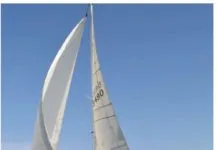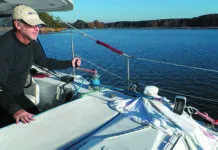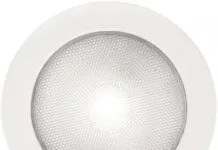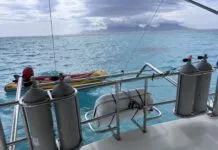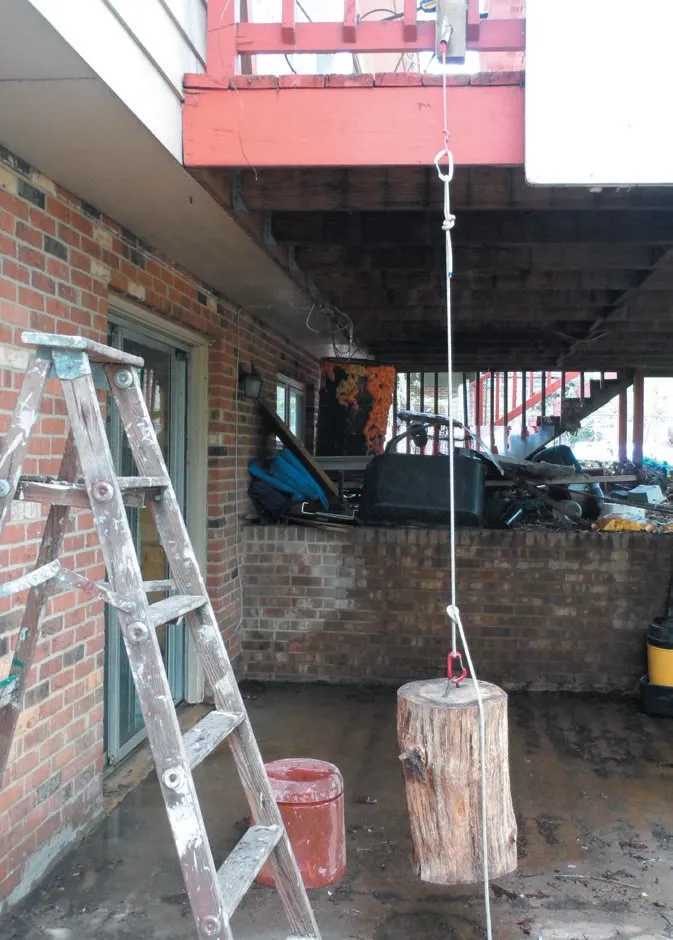A Look at Silicon Bronze Versus Stainless Steel
Brass is a pretty poor marine metal. An amalgam of copper and the much less costly and corrosion-prone zinc, brass reign afloat, at least in load bearing hardware, was short lived. But when copper is alloyed with less corrosion-prone metals, the result can be quite different. And although brass and bronze sound confusingly similar, their attributes tell very different stories.
Reasons to Stick with Teak
About two miles up the Lumut River in western Malaysia, a local entrepreneur known simply as Mr. Chan ran a small mooring field with a tin-roof club house and a railway slipway. It was inexpensive, and Chans hospitality was renowned. People went to Chans for the camaraderie, for the potlucks, for a haulout . . . When we were cruising, we went for the teak. A modern teak plantation is like an M.C. Escher painting; you stare, mesmerized, down the rows of evenly spaced trees that seem to stretch forever. The ground sponges under your feet, and the branches overhead seem pruned to cast identical shadows on the ground.
The Media on the Bounty
The Oct. 29, 2012, sinking of the HMS Bounty off the coast of North Carolina during Superstorm Sandy left 14 crewmembers injured and shaken, one crewmember dead, and the captain missing, presumed dead. The 108-foot ship, designed and built for the 1962 movie Mutiny on the Bounty, sank before dawn about 130 miles southeast of Cape Hatteras, N.C., after being battered by Sandys 30-foot seas and 100 mile-per-hour winds. Several hours after the sinking, Coast Guard helicopters rescued the crew members.
Tylaska Tops in Snap Shackles
Snap shackles have become as familiar to sailors as pots and pans are to a harried chef. From dinghies to mega yachts, the function of these ubiquitous bits of hardware remains consistent. Each affords a quick and reliable means of making that all-important halyard-to-sail junction. The absolute minimalist might say that a bowline can do the same, afterall, isn't it the favored means of attaching sheets to the clew of a sail? The knots-for-snap shackles debate loses out, however, when it comes to hasty halyard swaps, not to mention the release of a loaded spinnaker guy. And even if youre not quite ready to label these shackles as essential hardware, they certainly do make life on the foredeck a whole lot easier.
Testers Compare Swivels, Look for Pin Creep
For this evaluation, each shackle was visually inspected, component parts were measured, and stainless-steel alloys were noted. During this initial inspection, we tested how easy each snap shackle could be closed with one hand; we also repeatedly measured how easily the un-clipping process could be executed using a simple tension spring-test on the piston-pin versions and by using a height scale on the Tylaska push-to-release latching model. We recognize the importance of pin security under load and felt that the reluctance of a shackle pin to be easily pulled under load was, in many cases, an attribute.
Stainless Steel: Advantages and Ailments
When it comes to stainless steel, nothing seems more baffling than the latest array of alloys that have migrated into the marine market. Not so long ago, stainless steel was referred to as 302, 304, and 316. These differing grades of stainless varied according to chrome and nickel content and the corrosion resistance they afforded.
Looking into High Test Myth
In recent years, our chain tests (see PS September 2006, July 2007, July 2008, and October 2012 online) were limited to G30 and G43 (high-test) chain. Our conclusions were pretty straightforward: We would avoid stainless steel for several reasons, the most persuasive being its tendency to fail without warning-as our test sample did. Recognizing that corrosion is what ends the life of most chains, we were not convinced that shelling out more money for the extra strength of G43 chain made sense. It lasted no longer than G30.
PS Asks Who Would Even Consider G7 Chain?
The value of catenary varies with the depth of the water. In shallower waters, bottom friction replaces gravity as a force of resistance against shock loading.
Making Sense of Marine Chain Standards
Chain is made from wire. The cross-sectional area and strength of the wire determines the strength of the chain. The weld of each link should be stronger than the wire, so if a chain breaks, it should break in the body (wire)-usually at the crown, or the curve in the link-not the weld.
Standouts from METS
The Marine Equipment Trade Show (METS) held annually at the enormous RAI convention center in Amsterdam, the Netherlands, is the ultimate candy store for nautical gearheads. Divided into 11 pavilions, a seemingly endless grid of aisles, and probably hundreds of thousands of products, its overwhelming. Technical representatives from companies around the globe-China, Turkey, New Zealand, Argentina, Italy, Thailand-stand in their booths ready to explain the amazing attributes of their latest products, from deck shoes to gensets, turnbuckles to carbon fibers, life jackets to bow thrusters, windlasses, pumps, portlights … you name it, its there.


